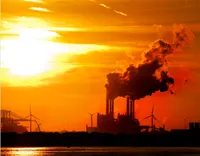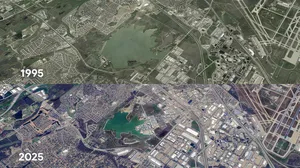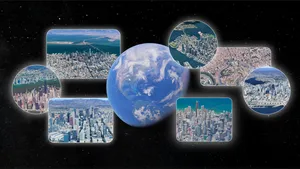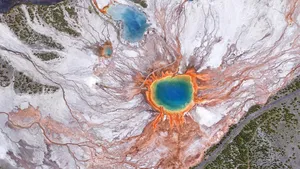A new public energy tool to reduce emissions

Renewable energy, and the transition to a low-carbon future, has long been a priority for Google. However, there is still a long way to go toward the low-carbon future we envision.
Electricity generation from fossil fuels accounts for about 45 percent of global carbon emissions yet useful and accessible information to guide the transition to clean energy is still needed. Now with satellite data, cutting-edge science and powerful cloud computing technology like Google Earth Engine, we can achieve an unprecedented understanding of our changing environment and use that to guide wiser decision-making.
Today, the World Resources Institute (WRI) and Google, in partnership with leading global research institutions including Global Energy Observatory, KTH Royal Institute of Technology in Stockholm, and the University of Groningen, are releasing a global database of power plants. This database standardizes power sector information to encourage providers to adopt a common approach for reporting power plant features—like location, fuel type, and emissions—in the future.
Global database of power plants

Drawing from over 700 publicly available data sources, this database compiles information to cover 80 percent of globally installed electrical capacity from 168 countries, and includes capacity, generation rates, fuel type, ownership and location. Making this kind of information open and accessible to researchers and scientists can help reduce carbon emissions and increase energy access. Power capacity and generation indicators can be used to develop a more granular understanding of the emissions created from the electricity we use, and to develop pathways to decarbonize electricity supply.
Information about power plants—such as location and size—can help researchers study emissions and air pollution at an international, national, and local scale. And, as a high-quality geospatial data source, it can also be used to augment remote sensing and enable machine learning analysis to discover a wide variety of important environmental insights. The data is now available in Earth Engine and WRI’s Resource Watch, where it can be easily combined with other data to create new insights.
Until recently it wasn't possible to monitor the health of Earth's critical resources in both a globally consistent and locally relevant manner. Making global data openly available for researchers is a core mission of the Earth Outreach team. By working closely with on-the-ground partners we can put this data into the hands of those who can take action. With the increased visibility into the power sector that this database provides, we see the potential to make the transition to a low-carbon future happen even faster.






